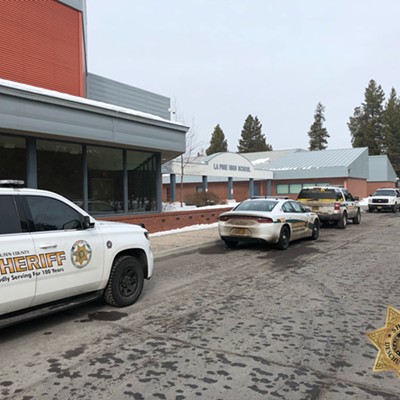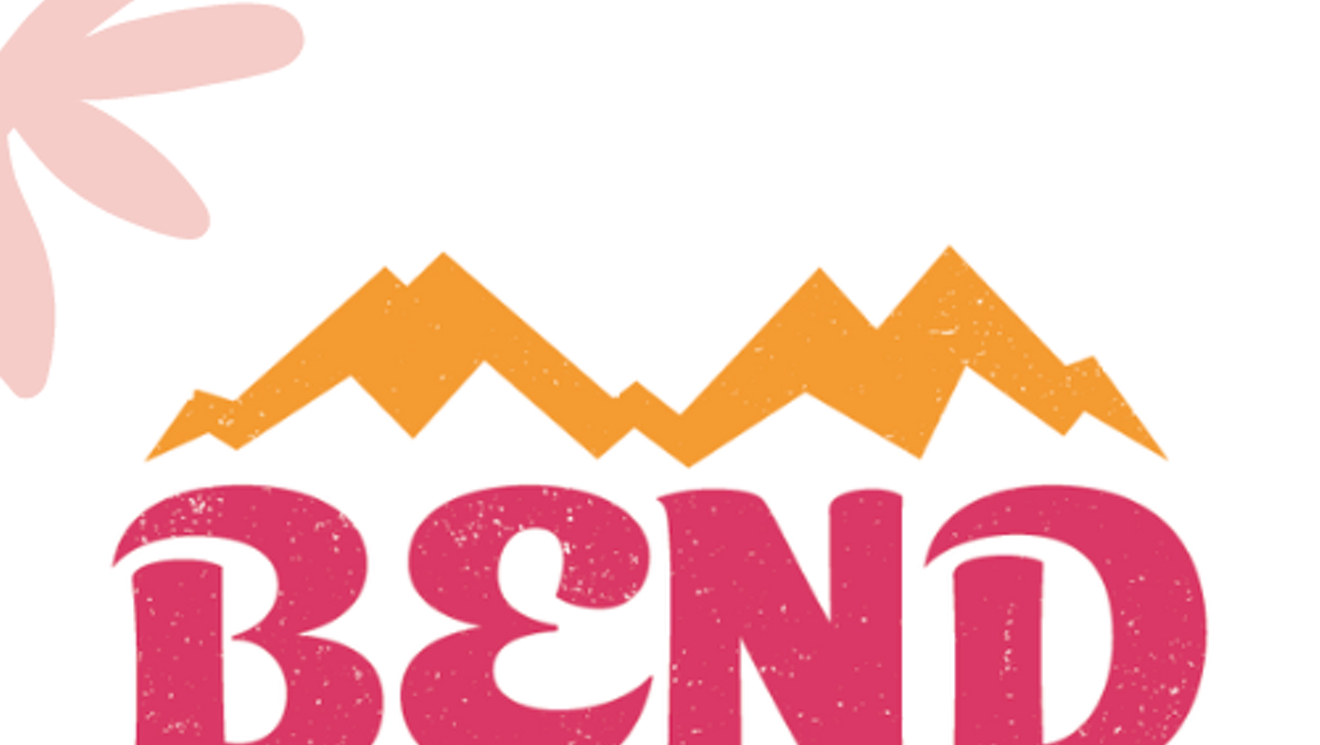The afternoon before starting my first long backcountry ski tour years ago in the mountains near Golden, British Columbia, I spent the entire afternoon with my fellow skiers and our guide playing find the buried avalanche transceiver. The exercise started with easy finds and worked its way up to more difficult locations involving extensive probing and digging.
Luckily, the lessons learned that afternoon didn’t have to be put into practice over the ensuing week of skiing nor would it in subsequent trips to many different ranges throughout British Columbia and Alberta.
There were times when the groups I skied with would have had to had we not backed away from skiing certain slopes and in one case, quit skiing for several days to let the snow pack settle.
Reminders of how lucky we’d been hit us with news that a heli-ski guide friend was killed in a huge avalanche set off by skiers he was guiding. They chose to disregard his admonition not to ski the slope and paid the price.
Another reminder of how lucky I’d been with avalanches came a couple of years later when a slope I’d skied several times in the mountains near Revelstoke, BC slid burying and killing several people.
The odd thing about this slide was that the slope was relatively low angled and had been judged benign on the day in question by one of British Columbia’s more cautious guides and most qualified avalanche experts.
Avalanches are rare around here because Cascade snow tends to be wetter and layers of it bond together well, but they do occur as in the tragic instance this past week at Paulina Peak.
I’ve skied the local backcountry for over thirty years and have to admit that I’ve been pretty cavalier about avalanche danger. Hey this is the Cascades and Cascade crud doesn’t slide.
But if I taxed my brain hard enough I’d recall the cone at Mt. Bachelor experiencing a huge slide after several days of heavy wet snow fell on ice.
I’ve also seen evidence of some pretty good slides on Tumalo Mountain, ones that ran from just below the cornice all the way to treelike.
Then there was the time three of us were skiing across the upper part of the face on Tumalo and set off a huge fracture line accompanied by a huge sloughing sound. We retreated gingerly.
Several weeks later, I got knocked over by a slough avalanche on Tumalo. It hit me about knee high and sent me cart wheeling for twenty feet.
That’s all I can remember in hundreds of forays into the backcountry. But it’s no reason to get cocky or to think that since we’re not in Utah or Colorado, or British Columbia where avalanches are daily occurrences, that we’re free of them here in the Cascades and environs.
Backcountry skiing and riding has become so much more popular and with popularity more people are skiing and riding more difficult lines. Lines that are often steep and avalanche prone.
That’s why magazines like Backcountry (www.backcountrymagazine.com) put an avalanche forecast website address in the sidebar that accompanies any story about a place to backcountry ski.
In their November 2009 issue, Backcountry offered a story entitled “Lost in Translation- interpreting an avalanche advisory”. This is a must read if you ski or ride off the groomers. The article gives the skier/ rider everything they need to know when consulting an avalanche advisory site and making a decision to go or not go.
Most of the avalanche advisory sites referenced in Backcountry’s places-to-ski stories have been in operation for years.
Now two local skiers (Trevor Miller and Jon Tapper) are setting up an avalanche forecast system for local skiers. A recent e-mail from the two backcountry skiers says it all: “we want to remind you that we have created a bulletin board for you to share snowpack observations. It can be found through the website www.coavalanche.org or directly at http://phpbb.coavalanche.org/. Our community's information is only as good as the contributions of its members, so please join us in improving the Central Oregon snowpack knowledge base.”
This a great step forward and hopefully over time COAA (Central Oregon Avalanche Alert) will be the first thing backcountry skiers and riders check before headed out.
So, please do your part in helping this site grow with the latest information on snowpack conditions.
COAA is planning a fundraiser in the next few months that will include a showing of "A Fine Line", an avalanche education film from the Rocky Mountain Sherpas. You can contact them at [email protected] for more information on their site and the fundraiser.
[
{
"name": "Air - Ad - Rectangle - 2 pack - Inline Content - 1",
"insertPoint": "1/2",
"component": "16844684",
"requiredCountToDisplay": "6"
}
,{
"name": "Air - Ad - Rectangle - 2 pack - Inline Content - 2",
"insertPoint": "1/4",
"component": "16844686",
"requiredCountToDisplay": "20"
},{
"name": "Air - Ad - Rectangle - 2 pack - Inline Content - 3",
"insertPoint": "3/4",
"component": "16844687",
"requiredCountToDisplay": "17"
}
]


























